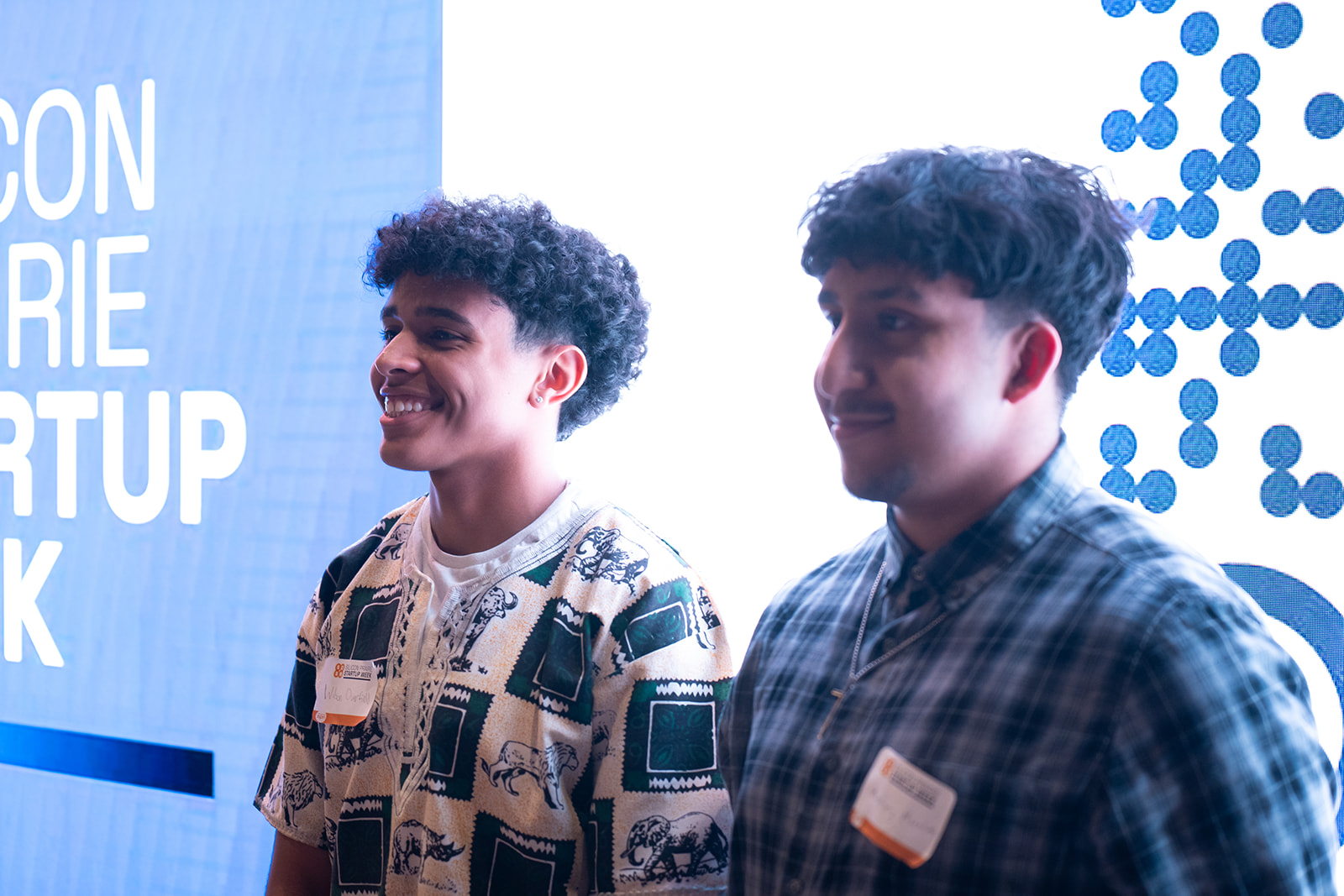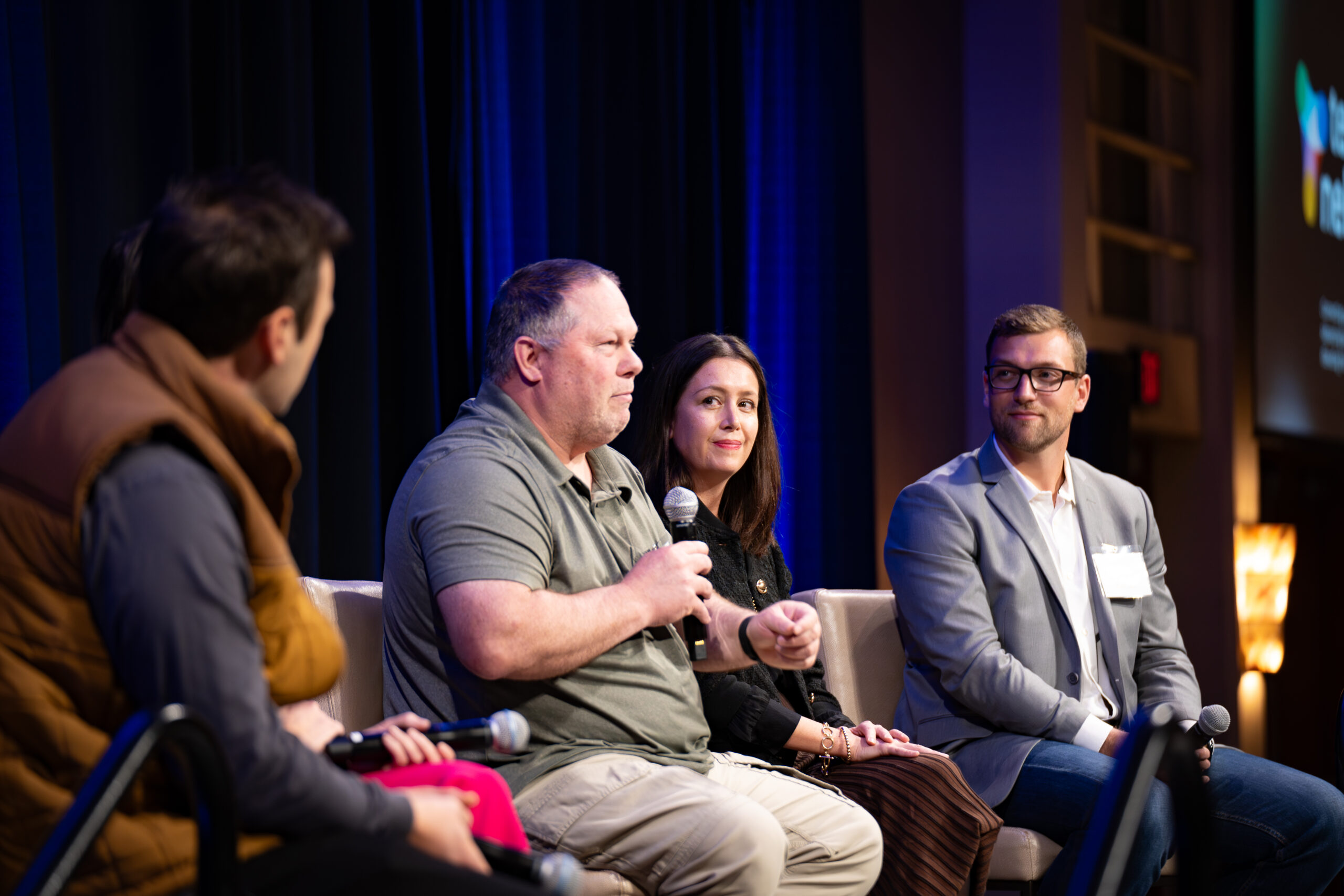Let’s say it’s 1985, long before “no code” is a thing. You’re lacing up your Keds to hit the cineplex and watch “The Breakfast Club” again when, suddenly, a person from the year 2020 steps through your Michael Jordan poster wearing, for some reason, a surgical mask. They look tired.
After terrifying you with grim tidings of the future, they casually pull the most mindblowing gadget from their pocket and ask to take a picture with you. Strangely, they call this sleek, buttonless, glowing camera “a phone.”
Not any kind of phone you’ve ever seen. You decide to make your own version with the $300 savings stashed in a tube sock. But how much would that tiny, glowing, wireless telephone camera television calendar radio VCR tapedeck Nintendo set cost to replicate in 1985?
Tally the pieces of perestroika-era technology necessary to approximate one smartphone, and you’d need 13 electronic and analog devices, an Encyclopedia Britannica and an actual supercomputer. This would set you back $14.5 million in 1985 dollars, or $35.2 million now.
Now, let’s say it’s 1995. Inspired by your exhausted visitor from the future, you decide to start a tech company. You’d need a team of developers, a lot of hardware, software licenses, separate phone lines for fax and modem, office space to put everyone and about $3 million just to launch ($5 million in 2020).
BECOME A SPONSOR
Join us in championing the narrative of success, resilience, and ingenuity that defines Nebraska’s startup community. Learn more »
Today, thanks to no code development platforms—cloud-based tools like Google App Sheet, Zapier and Squarespace that allow users to build application software through GUIs rather than code—aspiring founders can basically build as many tech companies as they want without knowing how to call a variable, or even understand what a variable is.
Brian Ardinger, director of innovation for Nelnet and founder of InsideOutside.io, can confirm. As founder of multiple companies and active advocate for innovation in the Silicon Prairie, Ardinger encourages would-be entrepreneurs to start employing no code tools and APIs to bring their vision to life.
“We’re entering an era of endless innovation,” he said Tuesday during a presentation for Lincoln Startup Week on the power of no code technology for founders. “You have all these massive technologies converging to change the landscape of business, all at once.”
Ardinger said he sees this as a game changer for democratizing innovation. Those who can’t afford to license traditional office software like Oracle or Office can use a free membership to the hybrid spreadsheet-database service Airtable, for instance, to manage business and project records. They can use Squarespace or Wix to build their website and connect APIs like Shopify to integrate online shopping and other features, and they can connect everything together with Zapier.
“What you can do as an individual is spin up ideas, spin up concepts, spin up businesses faster, cheaper, more effectively, and experiment a lot more readily than you could in the past,” he said.
The value of no code is being able to build a product quickly and get it into the hands of initial customers without sacrificing a lot of time and resources, said Ben Williamson, a seed stage venture capital investor with Invest Nebraska. And that puts founders in a better position to receive funding from various sources.
“It’s nearly impossible to get investment if you haven’t built something,” he said. “That includes, by the way, getting the (the Nebraska Investment Fund) prototype grant, which is a fantastic resource.But when the average grant size is fifty or sixty thousand dollars, you want to make sure you’re really ready to build that product.”
Williamson himself has experimented with various no code platforms.
“You can basically create almost anything in no code for less than a thousand bucks,” he said.
And these are not rinky-dink apps. They impressed longtime developer and serial entrepreneur Matthew Wegener enough to encourage his daughter to play around with a no code app.
Wegener—president of Presage Analytics, CEO of iSoft Data Systems, and co-founder of Lincoln coworking space Turbine Flats—said no code apps can be useful for building proof-of-concepts and minimum viable products quickly and affordably.
“I don’t know if (no code) is going to replace anything,” he said. “But it certainly has the ability to prove out an idea and do your MVP development—without having to ply a developer with beer and pizza.”
What about the very real security concerns of entrusting one’s business tech to a mishmash of cloud platforms? Shouldn’t the rash of high-profile data breaches concern the budding entrepreneur?
David Sievers, founder and CEO of Akira Coffee Co, while admitting security is a concern, said he considered the risk low.
“I would definitely way rather have my stuff in secure, enterprise-level cloud solutions than on a server I hired some IT guy in Lincoln to set up for me,” he said.
His bigger worry is training employees not to create vulnerabilities in the system, rather than the chance that a massive enterprise will suffer a data breach that will impact him. Sievers, incidentally, is a seasoned entrepreneur and investor who previously served as the network head for Walt Disney Company’s Maker Studios. His latest company has incorporated a number of no code tools.
“I feel very good that you can go all the way on no code,” he said. “You don’t have to be an engineer to do this.”
What about scalability, though? How will a startup built on no code handle the hoped-for influx of demand?
If you’re just trying to get something off the ground, don’t worry about it, Ardinger said. “People think they need an incredibly scalable system on Day One without finding out more important things like, ‘Does anybody care?’”
With Forrester projecting the low code market (of which no code is a subset) to top $21 billion by 2022 and Gartner predicting 65 percent of all apps will be developed on no or low code platforms by 2024, it’s clear, in this case at least, that a lot of people really care.
To learn more about no code platforms, check out No Code Essentials, a curated directory of no code resources.



